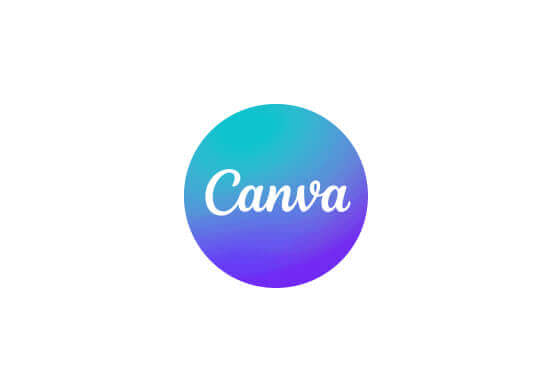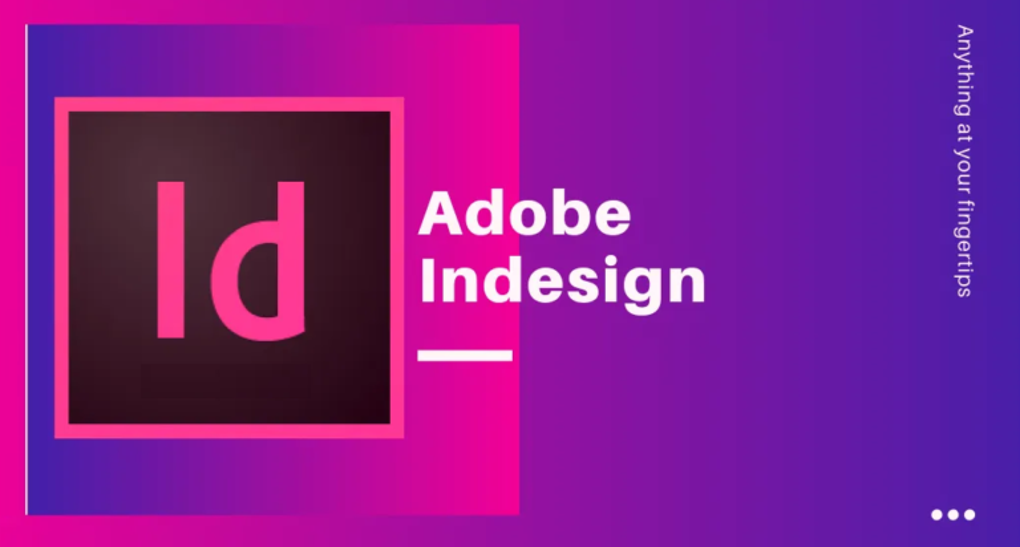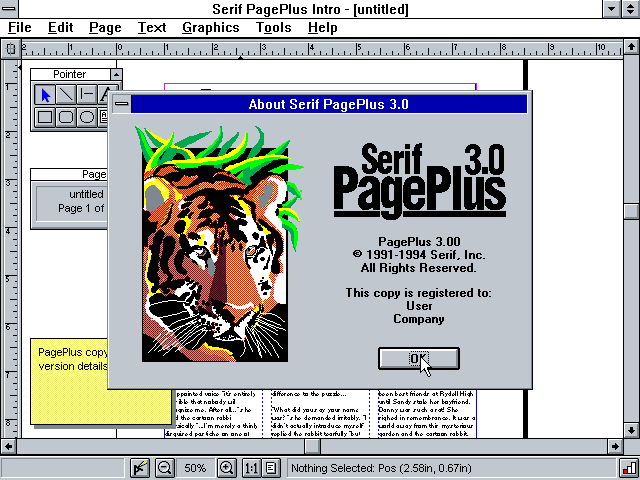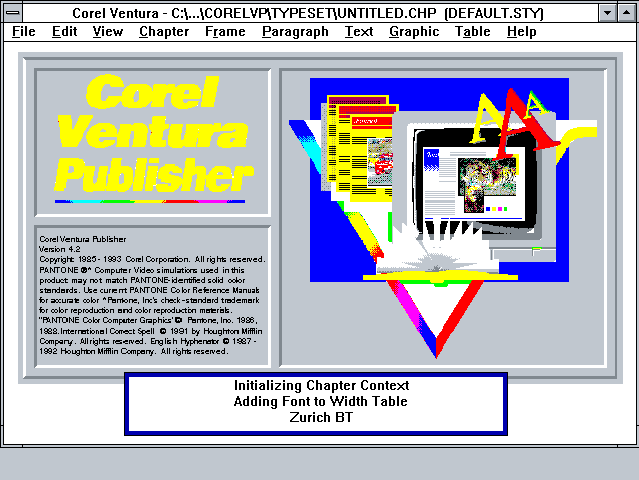8 best Windows apps for desktop publishing
Last Updated on May 25, 2024 by Jhonni Jets
Desktop publishing, or DTP, refers to designing and laying out printed material using digital tools on a computer instead of traditional printing presses. With the rise of personal computers and desktop software in the 1980s, desktop publishing became accessible to everyday users and small businesses, revolutionizing how printed publications like newsletters, brochures, flyers and magazines were produced. Today, there are many powerful yet affordable desktop publishing software options available for Windows.
In this article, we’ll explore 8 of the best Windows apps for desktop publishing across different price points and use cases. Whether you need a simple layout program or a full-featured design suite, there’s an app here that can help you create professional-quality printed materials without the high costs of traditional prepress services.
Table of Content
1. Canva

Canva is a free and easy-to-use online and desktop design tool perfect for basic desktop publishing tasks. While it doesn’t support complex page layouts, Canva excels at simple designs like newsletters, social media graphics, presentations, logos and more. The intuitive drag-and-drop interface features thousands of templates, images, fonts, icons and other elements you can mix and match. You can export Canva designs as high-quality PDFs ready for print. For $12.99/month, a Canva Pro subscription unlocks more templates and features, but the free version is very capable on its own.
The cloud-based software works seamlessly across Windows, Mac, iOS and Android devices, so you can design anywhere. Integration with tools like Google Drive allows for easy collaboration. While not a substitute for professional design software, Canva is an outstanding free option for basic flyers, invitations and similar single-page print jobs.
2. Microsoft Publisher

Microsoft Publisher is a long-standing desktop publishing program included with most Microsoft Office suites. Though not as powerful as dedicated layout apps, Publisher gets the job done for basic flyers, brochures, newsletters and more. Templates, images and objects can be dragged and dropped into place and text wrapped around graphics. It features master pages, columns, style sheets and other layout tools. You can export to common formats like PDF, DOC and XPS.
Publisher works much like familiar Office apps, so it has a gentle learning curve. Integration with Word, Excel and other Microsoft productivity apps allows for easy content reuse. While limited in advanced features, Publisher remains an affordable and capable option for basic desktop publishing tasks on Windows. For many simple print projects, it gets the job done without a steep learning curve or cost.
3. Adobe InDesign

Adobe InDesign is the professional standard for desktop publishing software, particularly for magazines, catalogs, books and other print projects with complex multi-page layouts. It features powerful tools for typography, page layout, color management and variable data publishing. Templates, styles and master pages allow for consistency across documents. InDesign files are Cross-Platform and can be edited on both Windows and Mac.
Graphic designers, publishers and print shops rely on InDesign for high-quality digital layout, prepress workflows and color-managed output. While expensive at $239.88/year for the standalone app, full Creative Cloud subscriptions provide access to the entire Adobe creative suite. For ambitious desktop publishing projects and production standards, InDesign remains the industry leader. As with other Adobe apps, robust online documentation and extensive third-party resources make it easy to learn.
4. Scribus

Scribus is a free and open source desktop publishing software available for Windows, Mac and Linux. It aims to provide an affordable Photoshop/InDesign alternative for both casual and professional use. As an open source project, Scribus is constantly being improved by its global developer and user community. The interface and tools will be familiar to InDesign users.
Scribus supports multi-page layouts with columns, master pages and styles. Sophisticated text handling allows for threaded text frames and tables of contents. Import capabilities include common image formats, PDF, IDs and more. Output options cover both digital and print needs. While the free software lacks some advanced features of commercial programs, it remains a powerful option for print projects without the price tag.
For budget-conscious individuals, non-profits or classrooms, Scribus delivers high-quality desktop publishing at no cost. An active online user community provides extensive learning resources and technical support.
5. CorelDRAW Graphics Suite

The CorelDRAW Graphics Suite bundles vector illustration, raster and layout programs like CorelDRAW, Corel PHOTO-PAINT, Corel Font Manager and Corel DESIGNER (the suite’s desktop publishing component) as an affordable all-in-one graphics software solution. CorelDRAW is a capable illustration program, while DESIGNER provides multi-page layout, color management and prepress features.
The interface focuses on WYSIWYG design with intuitive tools. It supports layers, styles, master pages, tables and long-document features. Photorealistic mockups can be created using stock photos. CorelDRAW files can be exported to PDF or directly to print. Integration across included apps streamlines workflows. While less full-featured than InDesign, Corel DESIGNER is very capable and a cost-effective graphics suite alternative.
Offered at $449 for the complete applications collection, the CorelDRAW Graphics Suite brings commercial-grade graphics software capabilities within budget for many individuals and small businesses. Corel also offers ongoing software updates and end-user support.
6. Serif PagePlus

PagePlus is a mid-level desktop publishing software offering more features than basic options like Publisher but at lower cost than the pro-level Adobe/Quark Suites. The interface feels Windows-native, making PagePlus approachable for new or casual DTP users. It supports advanced layout tools including master pages, layers, styles, tables and long-form documents.
Import capabilities cover images, PDFs, Microsoft Publisher files and more. PagePlus publishes to various digital and print formats including PDF, PDF/X-1a, JPEG, PNG and PostScript. The software is based on a modern codebase ensuring compatibility with latest Windows versions. At $99 for a basic license through to $399 for “Pro” editions, PagePlus delivers quality desktop publishing at affordable prices.
While lacking some advanced print workflow integration of industry leaders, PagePlus has loyal followers among hobbyists, schools and smaller print shops. For simple to mid-level layout needs, it combines usability, features and cost-effectiveness.
7. QuarkXPress

QuarkXPress has long been the gold standard for professional desktop publishing, used by graphic designers, publishers and prepress houses worldwide. Its power and precision are well-suited for complex print projects including magazines, catalogs, books and more. Sophisticated typography, color management, master pages and libraries are hallmarks.
Version 2019 added new digital publishing features as print workflows evolve. Layouts can span multiple pages or screens. Pro apps connect to cloud assets and team projects. While expensive compared to others on this list, dedicated subscribers consider QuarkXPress an essential investment. Pricing starts at $949 for an annual subscription.
The significant learning curve and costly licensing make QuarkXPress most appropriate for businesses and teams producing high-volume print content. Its precision and quality suit commercial print needs best. Files remain portable across computers too. For ambitious print publishing, QuarkXPress remains hard to beat.
8. Corel VENTURA

Corel VENTURA is a legacy DTP software now developed by CorelDRAW as a lower-cost option for long-document publishing. Primarily used for preparing manuals, policy/procedure documents using variables, catalogs and multi-page lists, VENTURA excels at boilerplate and auto-generated content.
Projects are assembled using modular components and reusable building blocks. Advanced styling, indexing, conditional content and record/field-based output make VENTURA well-suited for books, catalogs, databases and documentation. Priced at $499, VENTURA remains a premier – if specialized – desktop publishing solution for its niche.
While limited in layout features compared to modern graphics apps, VENTURA has retained loyal users in technical writing, database publishing and other text-heavy verticals where its capabilities are best applied. Its framework lends itself well to publishing large structured documents with consistent formatting.
Conclusion
Whether you need to design basic marketing materials or produce complex multi-page publications, there is a capable desktop publishing software well-suited for nearly any budget or skill level. This overview covered options from free to premium pricing tiers. Focusing on a program’s interface, feature set and your specific needs will help determine the best DTP software for your workflow.
While industrial leaders remain InDesign and QuarkXPress, excellent lower-cost alternatives like Scribus, Corel and Serif programs prove that quality layout and design need not require huge investments. Whatever you choose, desktop publishing empowers all to bypass print shops and produce high-caliber printed materials from their own computers.







